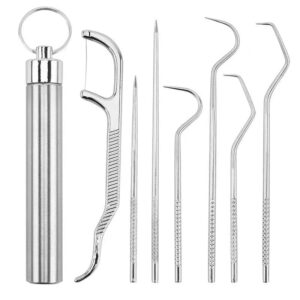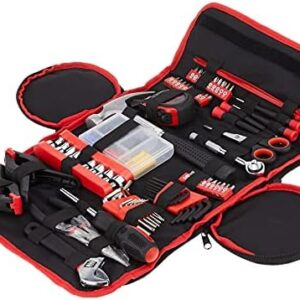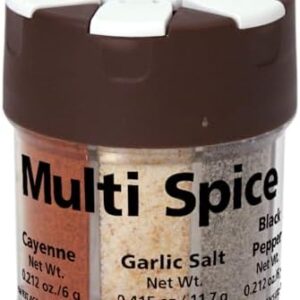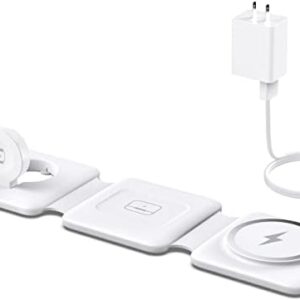
In a world where borders are fading and technology enables the preservation of biological materials for decades, international cryobanks have emerged as pivotal players in reproductive medicine, scientific research, and even biodiversity conservation. These institutions not only store sperm, eggs, and embryos but also facilitate their global transportation, turning dreams of parenthood, health recovery, or species preservation into reality for thousands of individuals and organizations.
What Is an International Cryobank?
These specialized centers cryopreserve (freeze at ultra-low temperatures) and store biological materials, providing global access to clients. Their “archives” include:
- Reproductive cells: Sperm, eggs, embryos.
- Somatic cells: Stem cells, ovarian tissue, DNA samples.
- Animal and plant biomaterials: For conserving endangered species.
Unlike local sperm banks, international cryobanks operate across dozens of countries, adhere to global protocols (e.g., WHO guidelines), and often blend medical, scientific, and environmental missions.
How Do International Cryobanks Operate?
- Cryopreservation: Biomaterials are frozen in liquid nitrogen (-196°C) using slow freezing or vitrification (flash-freezing with dehydration). Vitrification preserves 95–99% of cell viability.
- Storage: Samples are stored in cryogenic tanks with automated temperature monitoring. Major banks like Cryos International (Denmark) or Fairfax Cryobank (USA) house millions of samples.
- Global Logistics:
- Delivery via cryo-containers that maintain temperature for up to 14 days.
- Compliance with customs regulations (e.g., Germany requires a pathogen-free certification for imported sperm).
- Legal support: Drafting donor waivers and usage permits.
- Databases and Matching: Clients select donors via online platforms filtered by phenotype, genetics, education, and more. Some banks, like the European Sperm Bank, offer HD photos and audio interviews.
Who Uses International Cryobanks?
- Couples and individuals: For donor-assisted IVF, fertility preservation (e.g., egg freezing).
- LGBTQ+ communities: For surrogacy or shared IVF programs.
- Cancer patients: Preserving fertility before chemotherapy.
- Researchers: Advancing genetics and regenerative medicine.
- Environmental groups: Saving endangered species (e.g., freezing embryos of the northern white rhino).
Legal Challenges
- Divergent Regulations:
- In Sweden and the UK, children can access donor identities at 18.
- Germany and Italy ban anonymous donations and restrict access for LGBTQ+ couples.
- Russia and Ukraine lack clear limits on biomaterial usage.
- Parental Disputes: Cases where donors challenge anonymity (e.g., a U.S. “donor dad” sued for visitation rights).
- Biosafety Risks: Contaminated samples occasionally slip through screening. In 2008, Australia flagged a hepatitis B-infected sperm shipment due to screening errors.
Ethical Dilemmas
- Commercialization of Life: Critics accuse cryobanks of fostering a “bioeconomy” where body parts become commodities (e.g., U.S. egg donors earn $5,000–10,000).
- Genetic Bias: Demand for Caucasian donors or those with “high IQ” perpetuates harmful stereotypes.
- Environmental Ethics: Mass embryo freezing raises questions about disposal and moral status.
Future Technologies
- Blockchain Tracking: Systems like CryoChain log every biomaterial transaction to prevent fraud or overuse.
- Artificial Intelligence: Algorithms predict IVF success rates based on donor-recipient combinations.
- Cryorobots: Automated systems minimize human error during freezing and thawing.
Recommendations for Clients
- Verify Credentials: Ensure the bank is accredited by bodies like ASRM or ESHRE.
- Check Reviews: Platforms like Fertility Network International offer user feedback.
- Clarify Storage Terms: How long will samples be safeguarded?
- Consult a Lawyer: Especially for surrogacy or cross-border donor agreements.
Conclusion
International cryobanks epitomize the intersection of science, law, and globalization. They save lives, redefine reproduction, and challenge humanity to confront ethical quandaries: What is ethical to freeze? Who owns genetic material? And where is the line between progress and exploitation? The answers will shape whether cryobanks become tools for universal good or privileges for the few.





